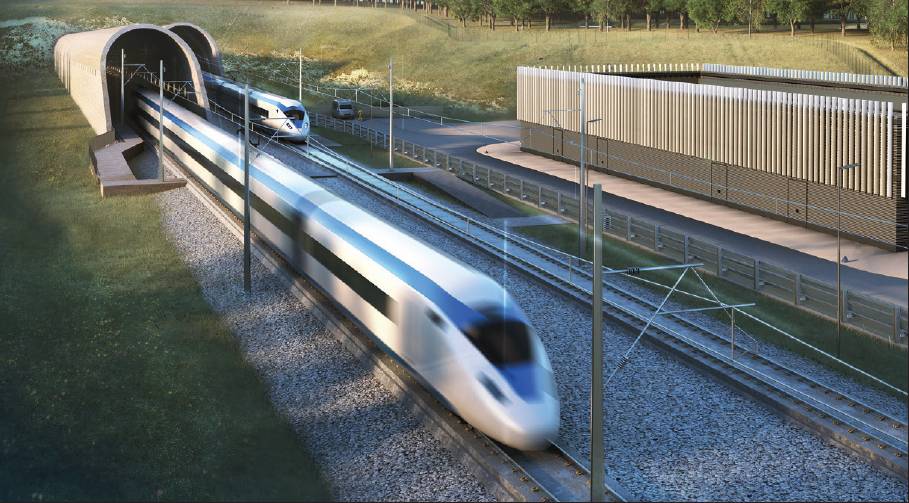Letters to the editor and comments online
Your View
RAIL
Forthright support for HS2 is needed
In his Union Connectivity Review, Sir Peter Hendy emphasises the role a collaborative railway network might play in meeting UK-wide net zero targets. He recognises that trains emit less CO2 than other transport modes, with trains emitting six times less CO2 compared with aircraft and rail freight producing six times less CO2 than trucks.
 HS2: More must be done to push the case for high speed rail in the UK
HS2: More must be done to push the case for high speed rail in the UK
Nowadays, high speed provision has become synonymous with 320km/h service speed running.
Following a decade of high speed in Japan, Shinkansen’s bullet train became the choice over aviation for many people travelling between Tokyo and Kyoto and for over two thirds of people making the journey between Tokyo and Hiroshima.
Alternatively applied to the most patronised UK mainland domestic flight route between London and Edinburgh/Glasgow, a high speed railway could traverse the near 643km within the three hour journey time that on page 39 of Hendy’s report, means that “Rail is typically favoured...”
In their bid to reduce carbon emissions and meet net zero targets, European countries, many of whom are already blessed with high speed rail infrastructure, are considering action to limit short haul domestic flight options. France has already banned those that can be covered by train in less than 2.5 hours.
Before the likely three decades it will take for sustainable aviation fuel to become a fully developed aviation fuel alternative, High Speed 2 could be up and running. Built within a decade, its infrastructure can provide the sole opportunity for subduing practically all domestic air flights in Great Britain.
The ICE should embrace a rail renaissance and be forthright in its support for HS2.
Morris Smith (F), contact details withheld
RAIL
High speed projects should not overlook freight
Various articles in recent years including Speed Seekers by Belinda Smart have referenced the Brenner Base Tunnel which is being built beneath the Brenner Pass (NCE, last month).
The article states that this project will enable trains to run at 250km/h between Austria and Italy. While this may be true, the main declared objectives of the project were to shift heavy freight traffic from road to rail, optimise railway logistics and improve traffic travelling over the Brenner Pass.
This policy was adopted in 2007 when it was identified that about a third of freight was moved by rail and two thirds by road. The declared objective was to increase to two thirds freight moved by rail.
In the UK, parts of the railway system were initially built to move freight around faster and replace the existing canal system. Over time the railways realised that more profit was made from passengers than freight.
Currently, High Speed 2 is under construction and the main emphasis seems to be on making marginal reductions in time between cities with only incidental reference to freight. It would surely make sense to have the movement of more freight by rail as a major objective and take lorry traffic off the motorways, which must be beneficial for the environment.
David Davies (F), d2alfa155@gmail.com
The Editor, New Civil Engineer,
4th Floor, Harmsworth House, 13-15 Bouverie Street, London EC4Y 8DP
Email: nceedit@emap.com
Please state whether you require your contact details to be withheld should your letter be published